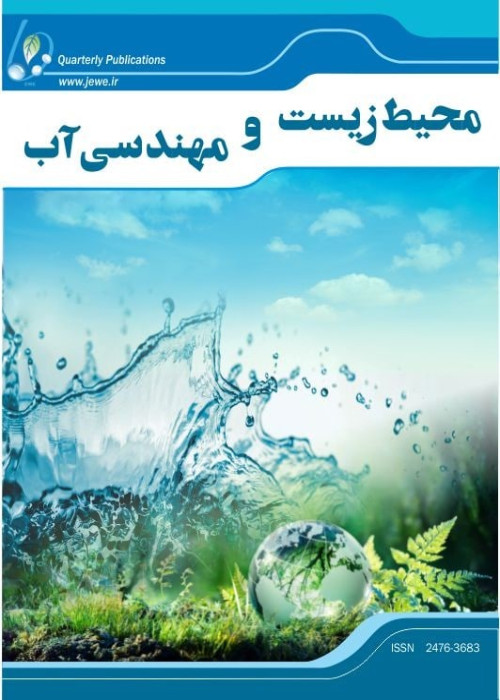The Effect of Geological Formations on the Drinking Quality of Groundwater Resources of Arandan Rural Complex, Sanandaj, Iran
Given the water crisis and the importance of access to suitable and potable quality water in the country, especially in recent decades, it is crucial to study the water quality and identify the factors affecting quality reduction for optimal planning. In most rural areas of Iran, aquifers are the most important sources of drinking water supply, whose water quality is affected by natural and human factors. Among the natural factors are geological formations and among human factors are pollutants related to industrial units, urban activities, and agricultural activities in each region. In the present study, it was attempted to establish a relationship between geology and the quality of groundwater resources in order to assess the quality of drinking water. In order to validate the research results, by conducting field studies, the geology, geomorphology of the region, and possible sources of contaminants were identified. Then, through laboratory tests, chemical properties of water such as pH, TDS, total hardness, amount of anions, cations and turbidity of the water of the main well of Arandan complex and three secondary water supply sources in the region (well of Arandan village, Cheshmeh Soofian spring, and Navareh spring) were determined. In the next step, using CHIMESTRY and EXCEL software, water classification was performed and the type of water and type of source stone were determined. According to the classification, the groundwater type of the area is calcium-magnesium bicarbonate, which is associated with calcareous formations and carbonate sediments spread in the heights of the area. The results showed that out of the four samples studied, the main water supply well of Arandan, Soofian and Navareh water supply complexes were suitable for drinking; the well water of Arandan village, despite being affected by the geology of the region, was found to be unsuitable for drinking due to its unfavorable location and location in the vicinity of rural sewage wells and containing excess nitrate.
- حق عضویت دریافتی صرف حمایت از نشریات عضو و نگهداری، تکمیل و توسعه مگیران میشود.
- پرداخت حق اشتراک و دانلود مقالات اجازه بازنشر آن در سایر رسانههای چاپی و دیجیتال را به کاربر نمیدهد.


